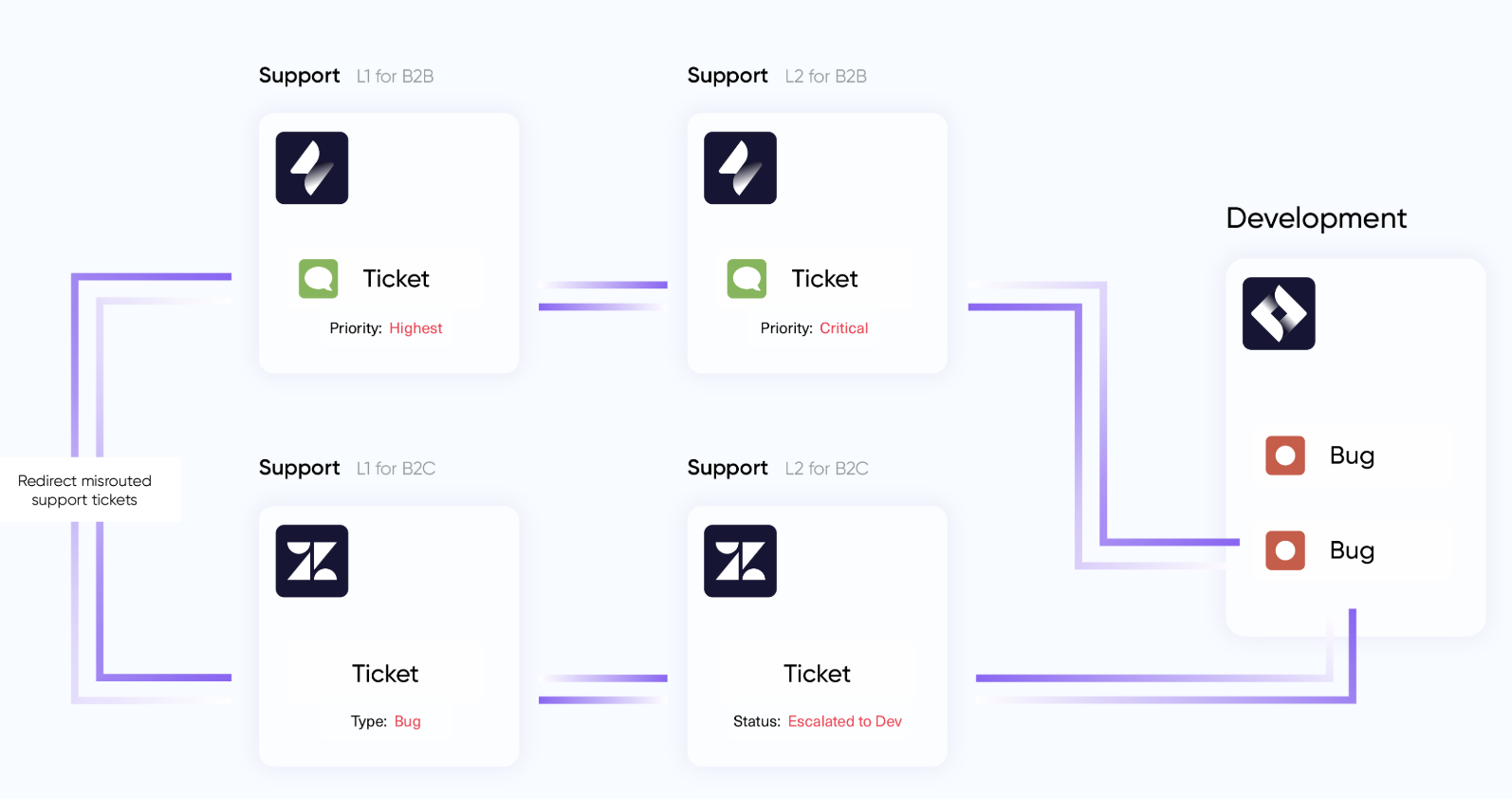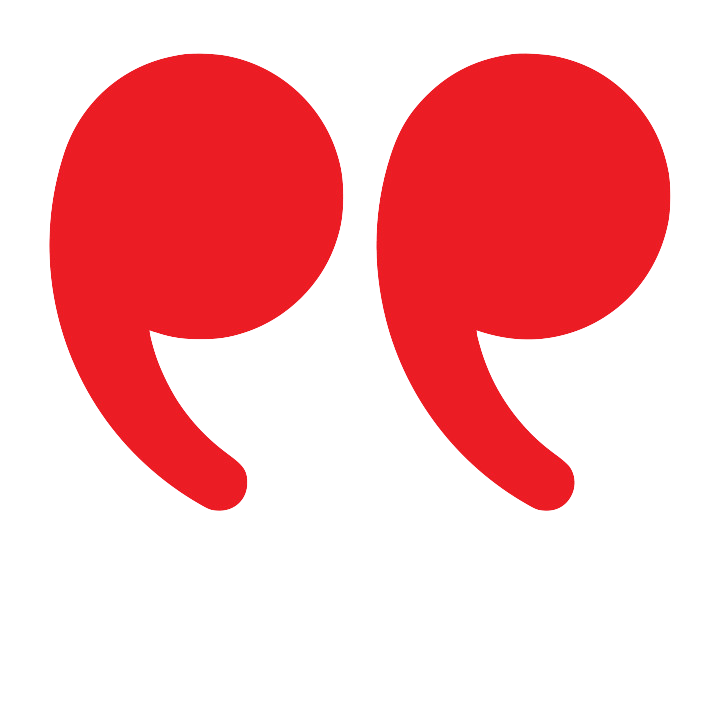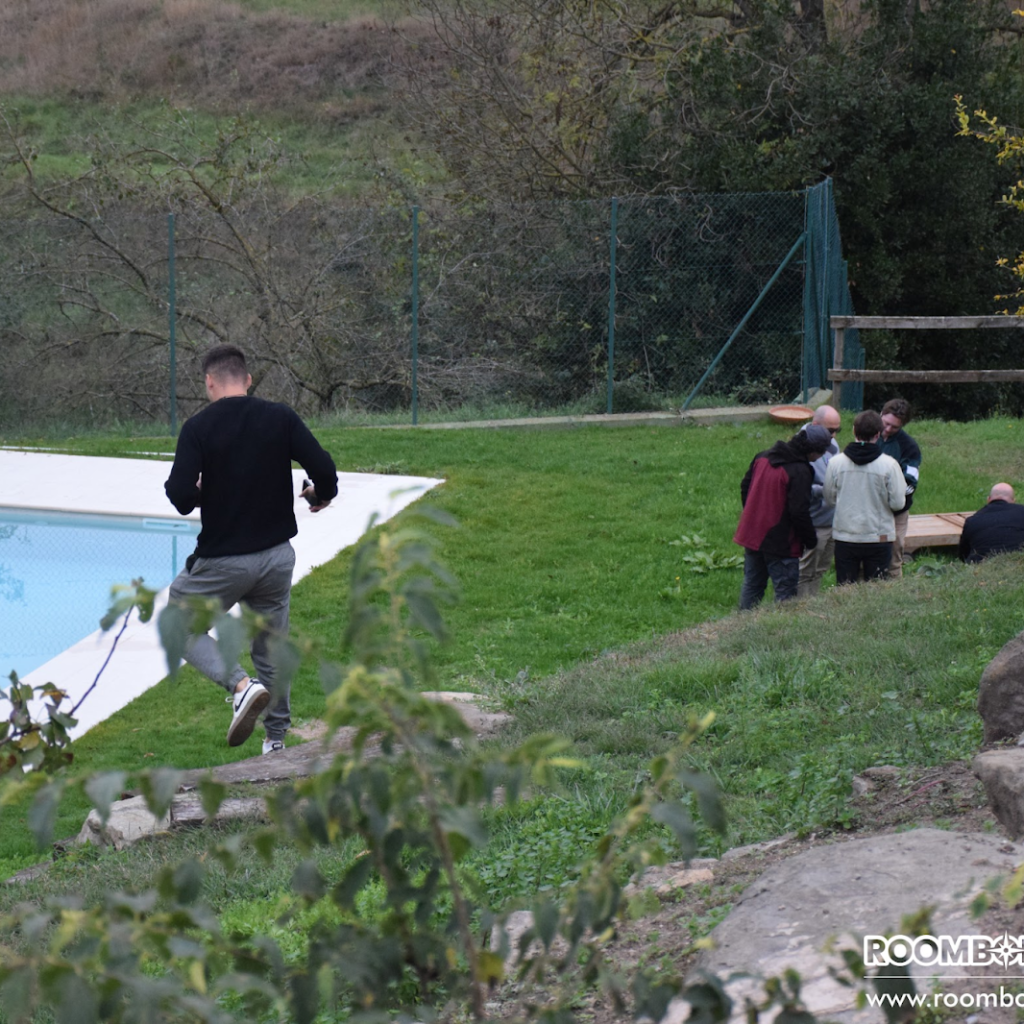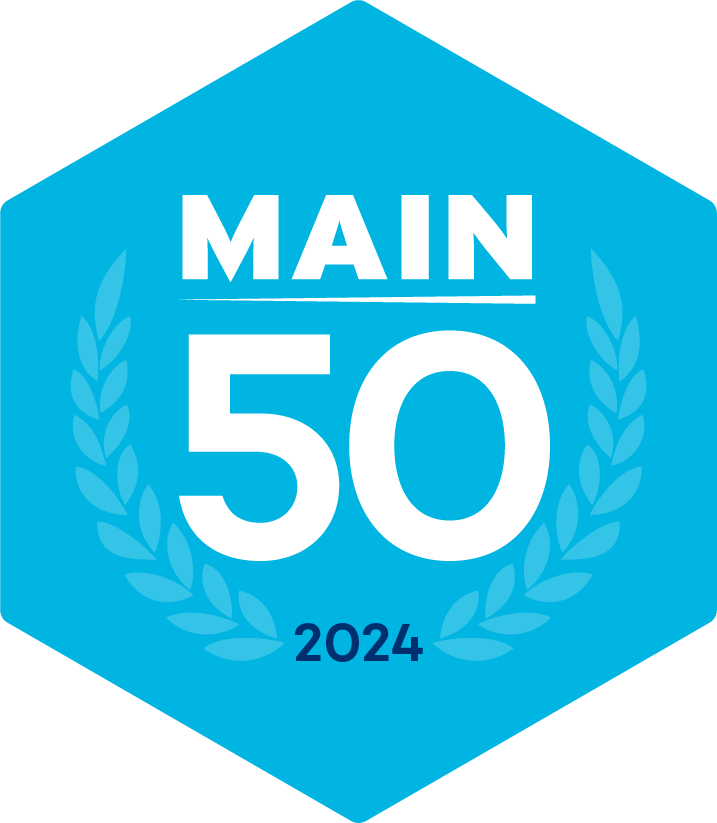Project collaboration is synonymous with successful teamwork! Yet, when teams operate on different tools and platforms, collaboration becomes a challenge.
This blog explores the critical role of integration solutions like Exalate in overcoming these challenges and ensuring project collaboration that drives business success.
Challenges of Project Collaboration in Modern Workspaces
The nature of teams today has changed. They are no longer confined to office spaces but are often dispersed across the globe, working remotely or in hybrid setups.
In the past, sticky notes, face-to-face conversations, and whiteboards served these physically colocated teams well. However, as teams became more distributed, exchanging information and collaborating effectively turned into a challenge. Manual methods simply couldn’t keep up.
So, how do global, remote, or hybrid teams stay aligned and collaborate on shared project goals?
This is where project collaboration comes into play.

What is Project Collaboration?
Project collaboration enables teams to communicate, share knowledge, and work together on various projects. These projects are handled by diverse teams like IT, HR, software development, or customer support. They also span different departments of the same company or even include external partners, like outsourced vendors or customers.
For truly global teams to collaborate effectively on shared project goals, it’s essential to understand a few key concepts.
Often, when talking about project collaboration, you might have come across the term project management and assume it means the same thing. While the two are closely connected and complement each other, they have a few subtle differences.
How Can Collaboration Between Teams Improve Project Management?
Project management is the process of organizing, planning, executing, and successfully completing projects from start to finish. The nature of a project can vary widely depending on your business. It can be developing a mobile application, building an e-commerce inventory management system, or launching a software product.

Project collaboration can be seen as the heart of project management. Since a project is as good as the team executing it, it’s essential to ensure these teams collaborate effectively.
But it is equally important to have a reliable way for teams to collaborate. It allows team members to be more aware of each other’s needs and ideas, and to align their workflows towards common project management goals.
Project collaboration is invaluable for teams that rely on data and input from others to complete their daily tasks. When done iteratively, it helps keep every team member in the loop and contributes towards achieving the project’s overarching goals.
When collaboration between teams is on point, the benefits are both tangible and far-reaching.
Benefits of Project Collaboration
Teams become siloed if they work on their own system without effective ways to communicate with others. This hampers the overall project management goals.
So, why is effective collaboration between teams so important, and how does it make a difference?
Align your teams
When team members work together, they develop a better understanding of the project’s objectives and their individual roles in achieving them. This helps align them with others and creates a more motivated and cohesive work environment. Workflows are always coordinated, and duplication of efforts doesn’t happen anymore.
Improve data visibility
Collaborating between multiple platforms improves data visibility across your teams. They have access to real-time information and updates and can track projects more efficiently. This also helps them identify any potential issues or bottlenecks before they get out of hand.
Value everyone on the team
It’s important for the team members to feel their contributions are valued. This is the end result of good collaboration. With diverse perspectives and views on the table, companies can tap into the full potential of their workforce and create a more inclusive environment.
Brainstorm and come up with new ideas
Project collaborations are the key to innovations and new ideas. When team members from different backgrounds and expertise brainstorm together, they can challenge assumptions and think outside the box.
Communicate effectively
Poor communication often leads to misunderstandings and conflicts. With an automated and consistent process to collaborate on projects, you can set clear expectations and build stronger relationships among team members.
Make better decisions
Collaborative decisions often result in better outcomes. With multiple stakeholders involved in the process, you can reduce the risk of biased or short-sighted decisions. You get to analyze the problems from all angles and increase your buy-in for the final decision.
Don’t forget it’s all about teamwork!
At its core, project collaboration is all about the power of teamwork and shared responsibility.
Project Collaboration Examples You Can Relate To
You often do not realize you need project collaboration until you see your teams looking for information from each other.
- Marketing and Design teams: When the marketing team creates campaigns in their system, it needs to be worked on in the design team’s system. All the campaign-related information, along with guidelines and deadlines, needs to be passed.
- Product and Engineering teams: While product teams conjure user stories and new features, the engineering team needs to develop them in their own system.
- Support and Development teams: Customer-reported bugs need to be escalated to the development teams often working in another system.
- Cross-company collaboration: When your outsourcing partner needs to reach out to you and collaborate, it needs to be thorough and accurate. Mistakes or manual errors are unacceptable.
So, how to make sure you collaborate between project teams efficiently? The answer lies in project collaboration tools.
Popular Project Collaboration Tools: An Overview
Project collaboration tools, also known as task management tools, are platforms designed to help teams plan, track, and manage tasks to execute a project to completion.
They help everyone to follow a central workflow, making it easy to share updates, assign responsibilities, and align everyone with project goals.
You can find various types of project management tools used for different purposes, like video conferencing, real-time streaming, task management, instant messaging, etc.
Ultimately, the project collaboration software you choose depends on your needs, the problems you currently face, and how it fits your budget.
Also, certain teams prefer working with specific collaboration software, for instance, project managers love working with Jira, and customer support teams like Zendesk.
Let’s look at a few project collaboration tools:
Jira
A favorite among software development teams, Jira focuses on issue tracking, project management, and agile workflows. It’s ideal for managing sprints, tracking bugs, and ensuring product releases stay on schedule.
Notion
Notion acts as a workspace for notes, tasks, databases, and project documentation. It’s great for teams who value a blend of structure and creativity in their collaboration.
Asana
A project collaboration tool for task and project management, Asana provides an intuitive interface to organize projects, set priorities, and monitor progress. Teams can visualize tasks in lists, boards, or timelines.
monday.com
A customizable project collaboration platform for managing projects and workflows. monday.com’s interface makes it easy to track progress, assign tasks, and integrate with other tools to streamline work.
At this point, it’s important to explore another key aspect of project collaborations. While teams often use different tools for various purposes, it’s crucial to understand how these tools can connect and communicate with each other in order to finish a project.
The Role of Integration in Collaboration Success
Certain teams, like the development teams, prefer to work, manage, and collaborate on the development workflow within Jira. However, the customer support agents use Jira Service Management (JSM). These independent project collaboration tools, if connected, can be beneficial for common business goals.
When we talk about true collaboration in this context, it means finding an efficient way to share information between these multiple Jira instances. Without proper integration, teams are forced to rely on manual processes like sending data through emails or duplicating issues in another instance. This defeats the whole essence of project collaboration.
With an integration in place, all of this becomes automated and happens in real time. For instance, imagine a customer raising a ticket in Jira Service Management (JSM), which then automatically creates an issue in the development team’s Jira instance based on predefined rules.
Introducing Exalate: An Integration Tool for Efficient Project Collaboration
Integration solutions like Exalate are a turning point for project collaborations. Using Exalate, you can set up one-way or two-way integrations between multiple project collaboration tools like Jira, Salesforce, ServiceNow, etc.
It supports decentralized integration, meaning all teams have an independent say in the information they want to share. This increases the security of your collaboration since you don’t have the risk of unwanted data leakage or access.
Exalate has an intuitive AI-powered scripting engine that works for any kind of scenario. You can set it up for advanced needs and control what you sync to the most granular level.
Let’s see how it works in practice.
Real-Life Scenarios of Using Integration for Project Collaborations
Jira to Jira Integration
Sometimes, companies explore ways to reduce the number of user licenses they need for their Jira instances.

For instance, a company and its external development partner use Jira in the Atlassian Cloud. To collaborate across projects, they have to invite every external developer to their Jira instance, which means paying for additional user licenses, even though they already have their own.
Ideally, they would like to work together on shared projects, where their product owners can manage tasks on their side and the developers can contribute on their end, without requiring extra licenses for the external teams. An integration between project collaboration tools is the best option for such companies.
Jira Salesforce Integration
When managing workflows between Salesforce and Jira, one challenge many teams face is categorizing Salesforce cases into the right Jira issue types.
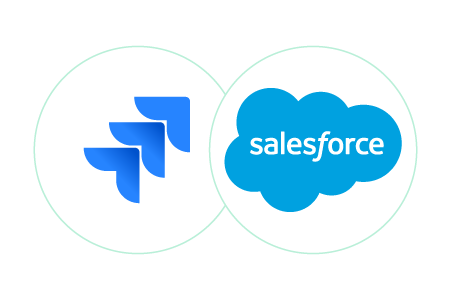
For instance, your Jira setup might include three issue types: Support, Bugs, and Feature Requests. But how can you ensure the right cases from Salesforce sync to the corresponding Jira issue type?
By setting up filters or mapping rules, you can define which Salesforce cases should sync to specific Jira issue types based on criteria like case type, priority, or custom fields.
For example:
- Support Cases: Sync cases tagged as “Support” to the Support issue type.
- Bug Reports: Map cases labeled “Bug” to Bugs.
- Feature Requests: Route cases marked “Feature Request” directly to Jira as such.
Tips For Using Integration Tools For Better Project Collaborations
- Define clear collaboration goals
Before integrating project collaboration tools, identify the key objectives of your collaboration. Are you aiming to share issue updates, align workflows, reduce manual effort, or all of them? Clear goals will help you configure the integration effectively and ensure all teams benefit from the setup. - Involve all stakeholders early on
Integration affects multiple teams and workflows, so make sure every team is involved in planning for it. This will help you uncover unique requirements and gain consensus on the integration’s scope and rules. - Start with a Proof of Concept (PoC)
Begin with a small-scale project collaboration workflow. Then, test and refine the setup. You can save time and resources if you take an iterative approach. - Strictly control what you share
Not all information needs to be shared. Use your integration tool’s filtering and scripting capabilities to control what data is exchanged. Don’t notify all team members when exchanges happen. This minimizes unnecessary noise and ensures your integration remains secure. - Map data fields and values thoughtfully
Make sure every field in your project collaboration software aligns logically with others when shared. For instance, sync priority levels, statuses, or issue types accurately so that teams across tools interpret the data consistently and avoid confusion. - Monitor, audit, and train your teams for the Integration
Periodically review if your integration still makes sense and how it performs. Are the right issues in sync? Are updates reaching the correct teams?
Train all your team members on how the integration works and how it impacts their workflows. Make sure they understand the benefits and minimize the resistance to change. - Prioritize scalability
Your integration setup should adapt to growing teams and new project collaboration tools. Opt for solutions that can scale with your business needs, supporting more workflows and users as required.
Conclusion
In a world where teams use different tools for their daily tasks, project collaboration can no longer rely on manual methods or disjointed workflows. Integration solutions like Exalate ensure information flows seamlessly between these tools, allowing teams to stay aligned and productive. With the right strategies and tools, businesses can turn project collaborations into a competitive advantage.
Recommended Reads:

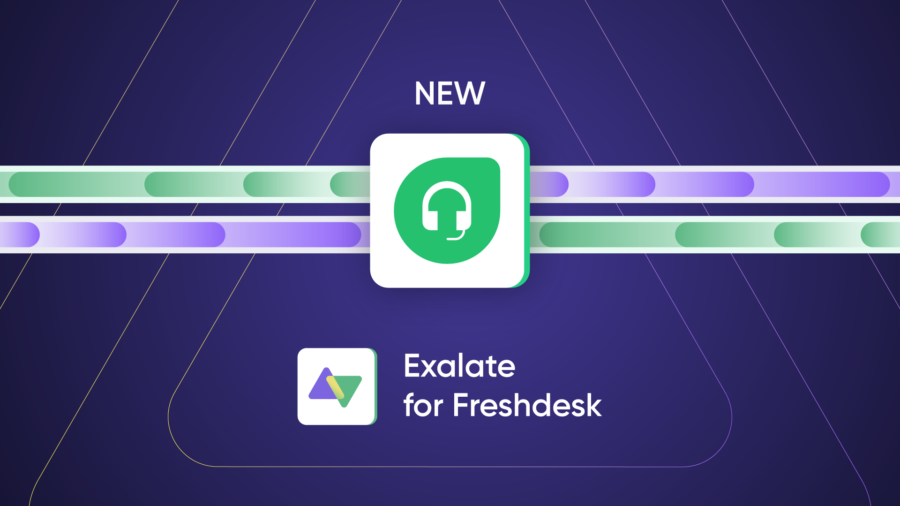






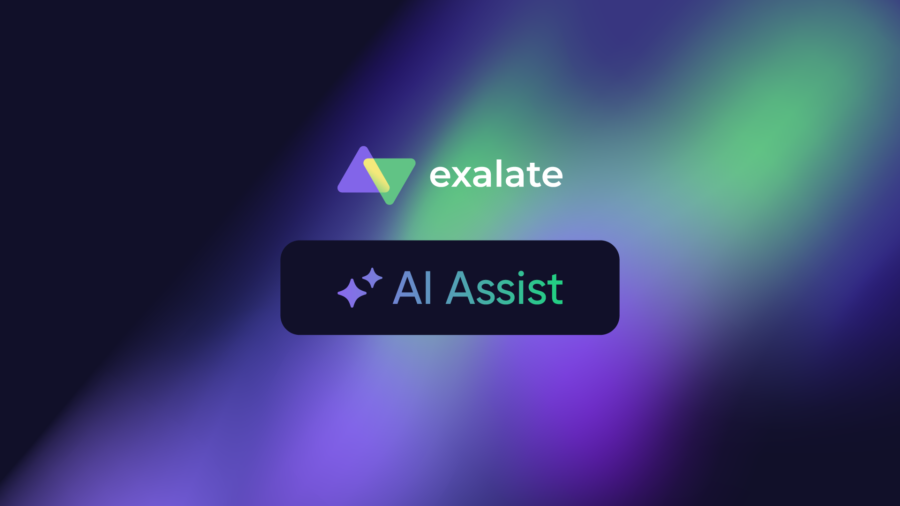
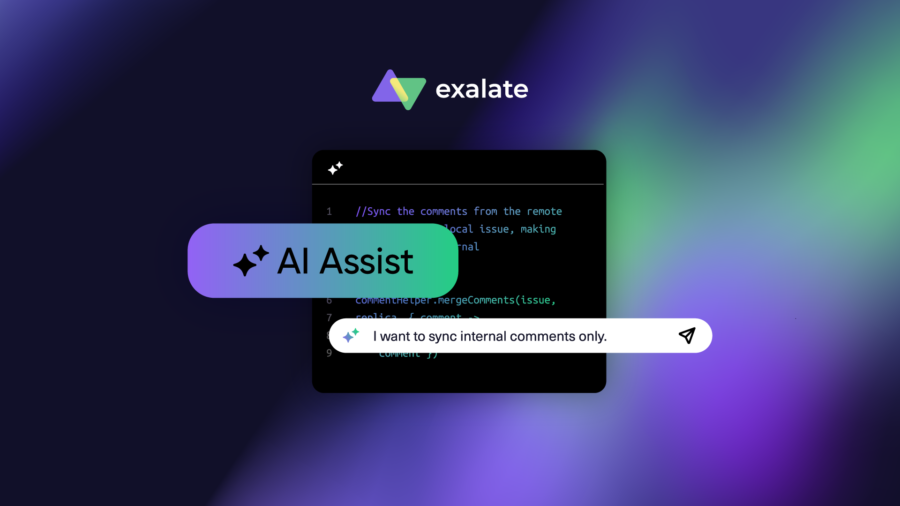
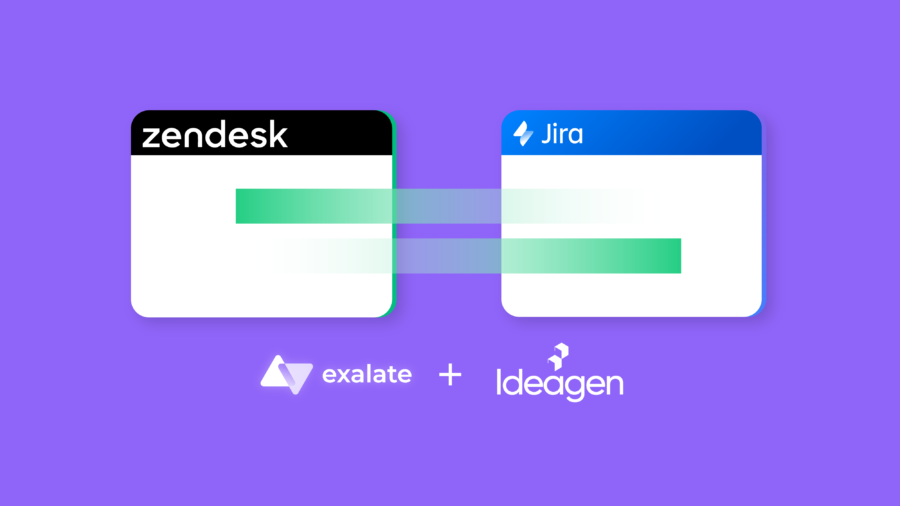
![Ideagen review of Exalate [1]](https://exalate.com/wp-content/uploads/2025/03/Screenshot-2025-03-27-at-14.41.16.png)
![Ideagen review of Exalate [2]](https://exalate.com/wp-content/uploads/2025/03/Screenshot-2025-03-27-at-14.42.25.png)
![Ideagen review of Exalate [3]](https://exalate.com/wp-content/uploads/2025/03/Screenshot-2025-03-27-at-14.44.08.png)
![Ideagen review of Exalate [4]](https://exalate.com/wp-content/uploads/2025/03/Screenshot-2025-03-27-at-14.45.23.png)


